by Neil E. Wolkodoff, PhD
It is no secret, that after age 50, people have a more difficult time sleeping. Add the time change to DST, and the next couple of weeks might be short on winks.
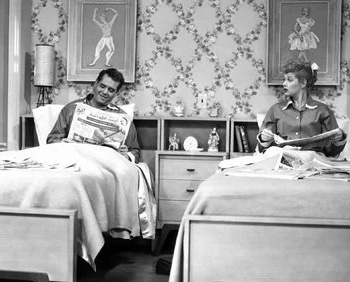
Not getting adequate and schedule rest over the next two weeks intertwines negatively with the circadian rhythm. This is a natural and internal process that regulates the sleep–wake cycle and repeats on each rotation of the Earth, approximately every 24 hours of time. All sorts of things influence the CR such natural light, blue light from digital screens, abnormal food intake close to retiring, traveling across multiple time zones, excessive alcohol, and even late exercise periods.
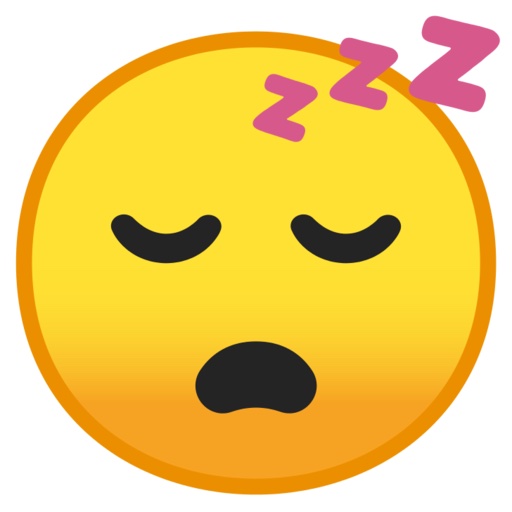
More importantly, disrupting the sleep cycle at this time of year can have serious health consequences even if the disruption is only a week. Heart attacks, strokes, fatal car accidents, more pronounced psychological disturbances, increased immune disorders and even decreased liver function can be the result. From a performance perspective, adequate sleep contributes to optimal skill performance, such as a tennis match. Premature aging is fueled by inadequate rest as well. These simple tips will help maintain health and ward off the negative effects of the time change.
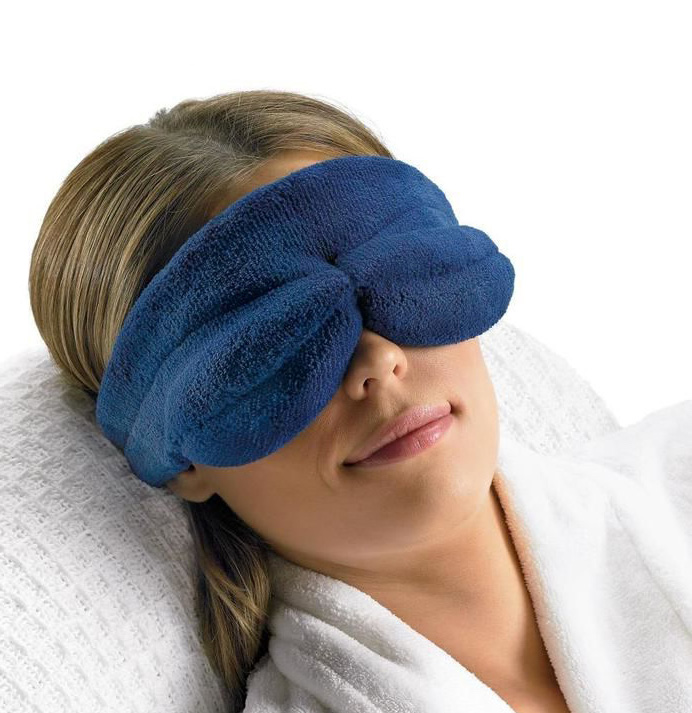
Change Bedtime. For the next three nights, go to bed 30 minutes earlier than normal. That is enough to start the body clock in the right direction without too much disruption. Sometime after the third day, increase this to one hour.
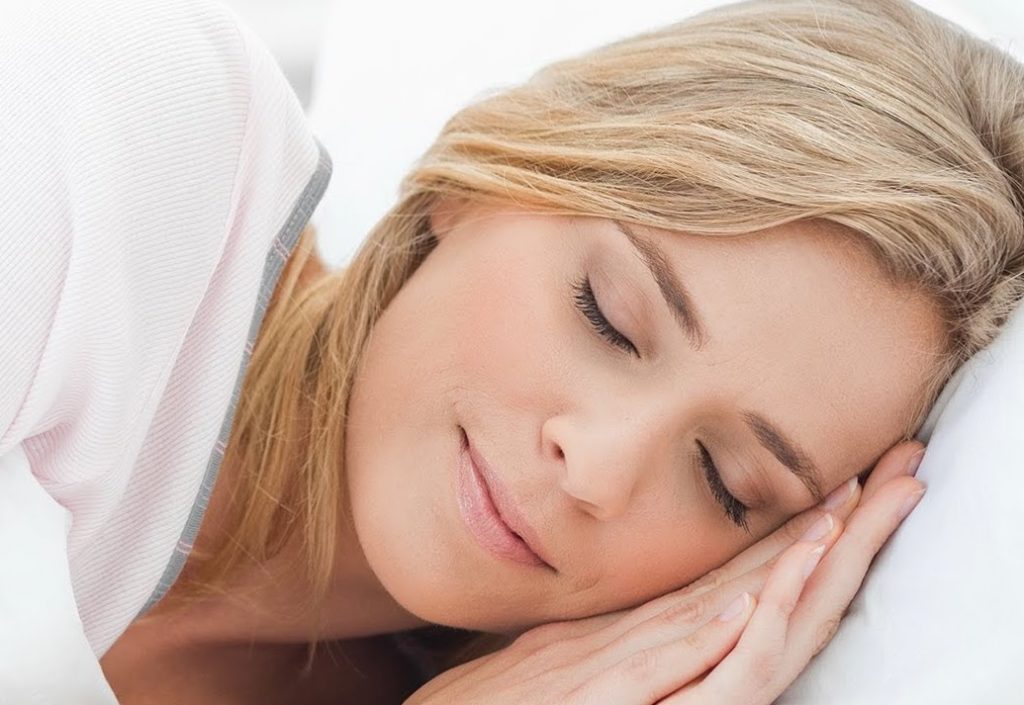
Rigid Schedule. It is important to stick to a schedule over the next week. While these cues aren’t as powerful a modifier of the internal clock as some others, they do have an effect. And staying on a regular schedule helps to make the brain-body link, it is even more important in providing a psychological cue that life is normal. This is equally true for meals, social interaction, sleep and exercise. Upon arising, immediately open the curtails to take advantage of the light, another factor in re-setting your internal clock.
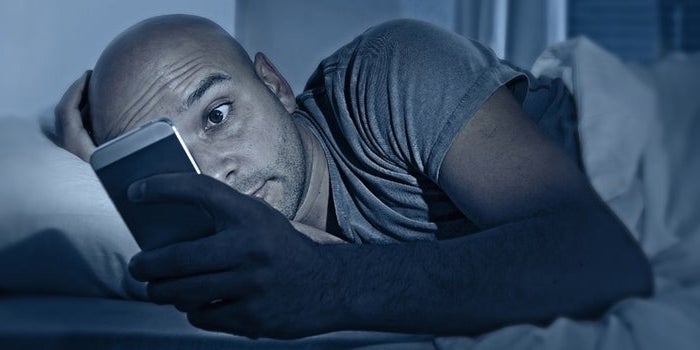
Late Blue. The link between blue light, emitted from electronic devices, and disruption of sleep patterns has been well documented. While not 100% applicable to disrupting in sleep for all individuals, the research demonstrated that using things like cell phones, tablets and computers right before retiring will result in taking longer to fall into a deep state of sleep. In addition, older adults generally suffer from less macular protection against blue light reaching the back of the eye, another reason to limit exposure to daytime and not have blue light exposure right before bed.
Six and Stimulants. For the six hours before retiring, cease either caffeine or alcohol intake. And, while a nip right before bed is popularly theorized to help with sleep, it actually increases the time it takes to get to the deep sleep stage.

No Nappin’. While one might be tempted to take a nap, that will also interfere with resetting natural rhythms. For the next week, it is simply best to avoid naps altogether.
Select References
Mander BA, Winer JR, Walker MP. Sleep and Human Aging. Neuron. 2017;94(1):19-36.
Dijk DJ, Duffy JF, Riel E, Shanahan TL, Czeisler CA. Ageing and the circadian and homeostatic regulation of human sleep during forced desynchrony of rest, melatonin and temperature rhythms. J Physiol. 1999;516:611–627.
Tucker M, McKinley S, Stickgold R. Sleep optimizes motor skill in older adults. J Am Geriatr Soc. 2011;59:603–609.
Sandhu A, Seth M, Gurm HS. Daylight savings time and myocardial infarction. Open Heart. 2014;1(1):e000019. Published 2014 Mar 28.
Zhang H, Dahlén T, Khan A, Edgren G, Rzhetsky A. Measurable health effects associated with the daylight saving time shift. PLoS Comput Biol. 2020;16(6):e1007927. Published 2020 Jun 8.
Menet JS, Rosbash M. When brain clocks lose track of time: Cause or consequence of neuropsychiatric disorders. Current Opinion in Neurobiology. 2011.
St Hilaire MA, Rüger M, Fratelli F, Hull JT, Phillips AJ, Lockley SW. Modeling Neurocognitive Decline and Recovery During Repeated Cycles of Extended Sleep and Chronic Sleep Deficiency. Sleep. 2017;40(1):zsw009.
Mukherji A, Bailey SM, Staels B, Baumert TF. The circadian clock and liver function in health and disease. J Hepatol. Elsevier BV; 2019;71: 200–211.
Cajochen C, Munch M, Kobialka S, Krauchi K, Steiner R, Oelhafen P, Orgul S, Wirz-Justice A. High sensitivity of human melatonin, alertness, thermoregulation, and heart rate to short wavelength light. J Clin Endocrinol Metab. 2005;90(3):1311–1316.
Chang AM, Scheer FA, Czeisler CA, Aeschbach D. Direct effects of light on alertness, vigilance, and the waking electroencephalogram in humans depend on prior light history. Sleep. 2013;36(8):1239–46.
Manfredini R, Fabbian F, Cappadona R, Modesti PA. Daylight saving time, circadian rhythms, and cardiovascular health. Intern Emerg Med. 2018;13(5):641-646.